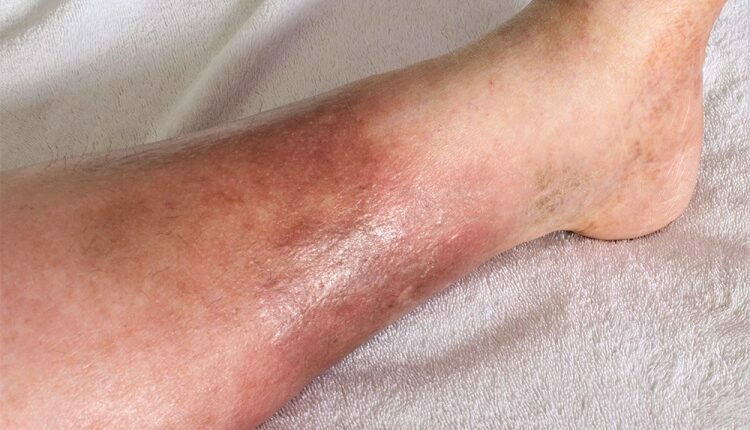Everything You Should Know About Compression Stockings
Venous insufficiency is a common leg disorder that stems from the veins. It occurs when veins are damaged or weak, allowing blood to pool in the legs. As a result, the veins enlarge and twist and appear closely on the surface of your skin. They are usually unsightly and may sometimes cause symptoms such as night cramping, burning, pain, and swelling. Specialists recommend Haines City compression socks & devices to increase the tissue pressure beneath the skin, reducing swelling.
Table of Contents
What are compression stockings?
Compression stockings or socks are apparel that you wear on your legs. However, unlike your regular socks, compression stockings apply a more gentle pressure on your ankles and legs, promoting blood flow to your heart. They are a standard treatment for varicose veins and spider veins, but compression stockings can also be worn for different reasons. For example, you can wear compression socks when sitting for an extended period, like during a long flight. The pressure from the stockings or socks promotes blood circulation; therefore, your legs are less likely to swell after a long journey.
Types of compression stockings
Graduated compression stockings
Graduated compression stockings are the most common type that most people use today. They are tightest at the ankles, but the pressure gradually decreases towards the top. They are available in different lengths – knee-high and thigh-high. Full compression stockings that extend to the waist are becoming more common with athletes.
The ones that end just below the knee are designed to alleviate lower leg swelling due to fluid build-up. Those extending to the thigh and waist prevent orthostatic hypotension and pooling of blood in the legs. Usually, graduated compression stockings require a professional fitting; features for personal preference like color and open or closed-toe choices may be available.
Anti-embolism stockings
Anti-embolism stockings are designed for a specific purpose; to reduce the risk of deep vein thrombosis. They maintain blood circulation, so that blood clots do not form; anti-embolism stockings benefit patients confined in bed after surgery.
Non-Medical support hosiery
Non-Medical support hosiery does not require a doctor’s prescription; you can find them at most pharmacies. They exert less pressure than gradient compression stockings; unlike prescription compression stockings that are strongest at the ankles, these deliver uniform compression. Examples of nonmedical support hosiery include elastic support hose and flight socks. They are sold for potential relief of aching and tired legs.
Can anyone wear compression stockings?
You don’t always require a doctor’s prescription to wear compression stockings; for most people, there is no harm in giving them a try. Some people worry that compression stockings are too tight than regular socks or the effects of compression on their legs. Compression stockings do not cut off your circulation; the only time problems may crop up is when an individual has a severe peripheral disease or severe reduction of heart function.
Compression stockings promote blood circulation by applying gentle pressure to your legs and ankle. If your doctor recommends compression stockings, remember to get appropriately fitted, follow your doctor’s instructions, and monitor skin changes.
Visit your healthcare provider today at Vascular Vein Centers if you need compression stockings.

